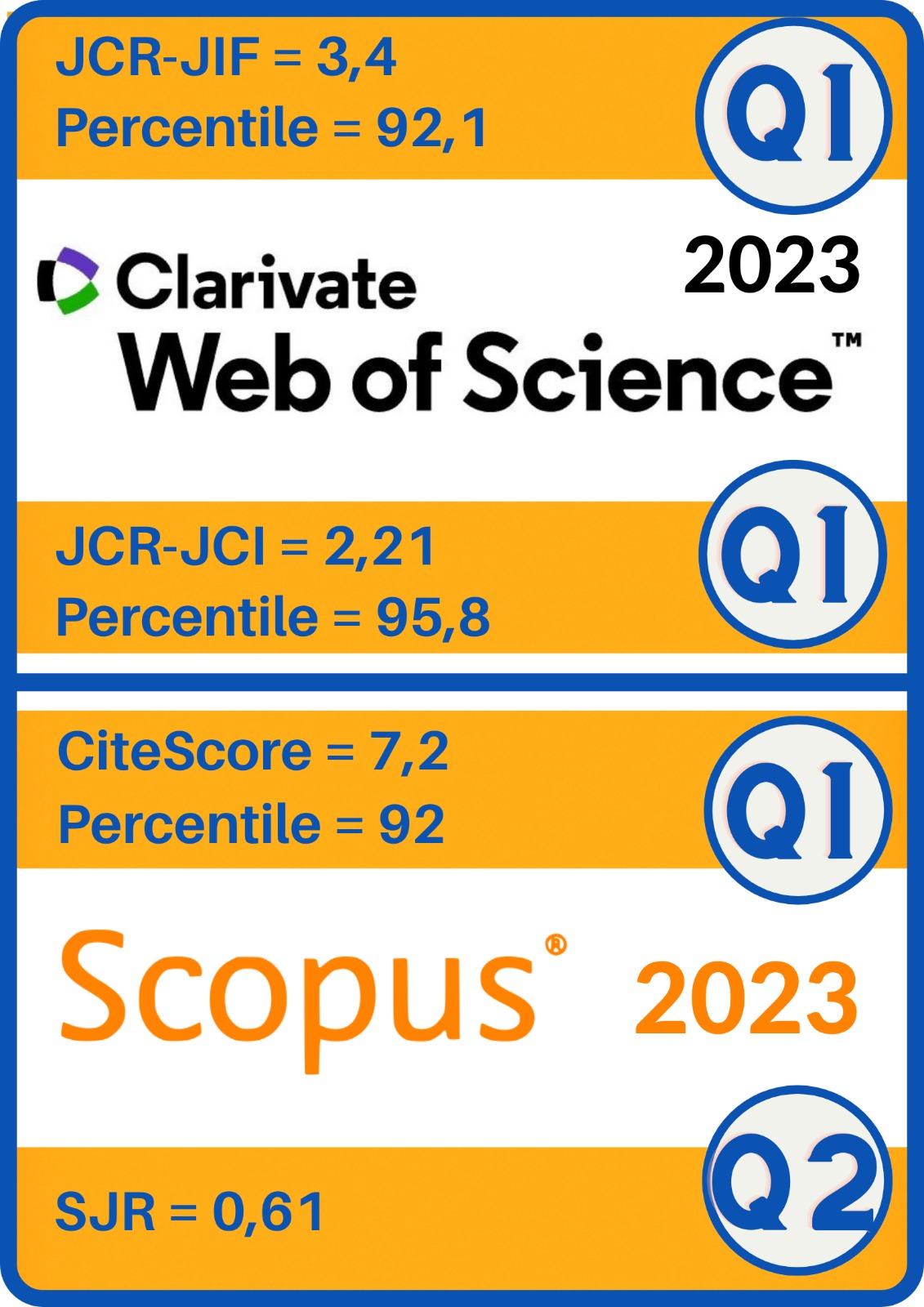The combined traditional and virtual university: a multiple positioning EDMIX Model for niches at risk
DOI:
https://doi.org/10.5944/ried.18.1.13805Keywords:
Multiple positioning, blended education, niche, satisfaction attribute.Abstract
The multiple positioning of the blended virtual superior education service (EDMIX) or simultaneous positioning, both in the enrolment niche as in the co-producers suppliers, associates in their minds the educative service with the attribute that satisfies each one of them, when more value or priority is perceived in it than in other options of life or occupation, considered in the same category of belonging. For the niche (capable young people, interested, economically vulnerables, no enroled), the perception of the benefits provided by superior education (ES), influenced by the cultural pattern that an profissional academic with a diploma has job, better quality of life and social status, is not enough to position EDMIX, at least that will guarantee: support to attenuate its economic vulnerability, terminal efficacy and vinculation to the productive sector; however, these attributes desired in the educative service need to be positioned in the several co-producers. Under a mixed methodological perspective, a forecaster exploratory design supported in hybrid methods and techniques for the collecting, analysis and interpretation of data, a model of multiple positioning that aligns the interests of each one of the involved towards the strategic objetive of reach a quality service is proposed. The community hopes that the effort invested in a superior preparation will produce, proportionally, human development, at least for the profissional itself; the municipal administration, as facilitator partner of the local instalations and equipment, could enhance and optimize with minimum investment the development of human and social capital; the professors and administrators, could consolidate their professional and vocational expectations; and the students, directly benefited, could obtain what explicitly or implicitly demand: the effectiveness of the project in which they have decided to participate. The sinergy of the quality promoves sustentability; but the disagreement, desertion and/or the positioning no desired of discredit.
Downloads
References
Aaker, D. A. (1996). Building Strong Brands. En Kotler (2006). New York: Free Press.
Agosin, M. R., Bloom, D. E., y Gitli, E. (2001). Globalización, liberalización y desarrollo humano sustentable: adelantos y desafíos en los países centroamericanos, UNCTAD/PNUD. / UNICTAD / PLENUD/Misc.126. Disponible en: http://unctad.org/es/ Docs/poedmm126.sp.pdf Aguilera P., A. (1995). Hombre y cultura.
Trotta. Madrid. Avilés R., J. (2007). Conciencia básica. Universidad Nacional Mayor de san Marcos. Perú. Recuperado de http://pepsicbvsalud.org/scielo. php?pid=51609-4720070002000098
Callegaro, A., y Zimmerman, M. (2007). El ingreso a la universidad: análisis lingüístico-discursivo de relatos y argumentos. Opción, 23(54) Maracaibo.
Esains, V. (2008). Informe especial. Learning Review. España. Recuperado de http://www.learningreview.com/ images/stories/articulos.
Facundo, A. (2005). Tecnologías de la información y la comunicación y Educación superior virtual en Latinoamérica y el Caribe: Evolución, características y perspectivas. Bogotá, D.C. Colombia: Los libertadores.
Heinze, A., y Procter C. (2004). Reflections on the Use of Blended Learning. Education in a Changing Environment Conference Proceedings. University of Salford, Education Development Unit, Available on-line. Recuperado de http:// ece.salford.ac.uk/proceedings/papers/ ah_ 04
Herzber, F., Mausner, B., y Snyderman B. (1959). The motivation to work. Wiley. Nueva York.
En Robbins (2009). INEGI [Instituto Nacional de Estadística y Geografía] (2010). Anuario Estadístico del Estado de Hidalgo. Aguascalientes.
Kotler, P., y Trías de Bes, F. (2004). Marketing Lateral. México: Pearson.
Kotler, P., y Keller, K. (2006). Dirección de Marketing. 12a E. México: Pearson.
Maslow, A. (1987). Motivation and Personality. New York: Harper & Row Publishers.
Parasuraman, A., Zeithaml, V., y Bery, L. (2002). SERVQUAL: a multipleitems scale for measuring consumer perceptions o service quality. London: Routledge.
Ries, A., y Trout J. (1972). Posicionamiento. Serie de artículos del libro clásico en 1980. Libros comentados en 2000. México: McGraw Hill.
Robbins, P., y Judge T. (2009). Comportamiento organizacional. Décimotercera edición. México: Pearsons. Pentice Hall.
López Segrera, F. (2008). Educación superior y sociedad del conocimiento. Tendencias actuales. Global University Network for Innovation, Universidad de Naciones Unidas.








